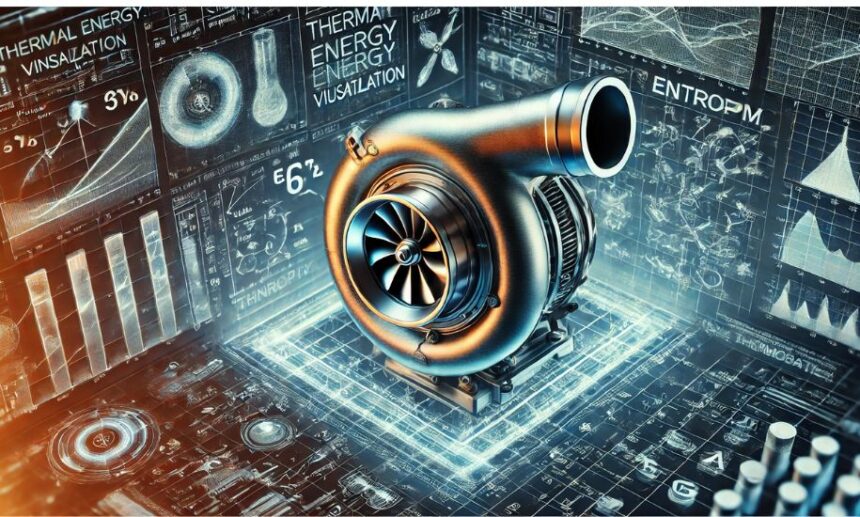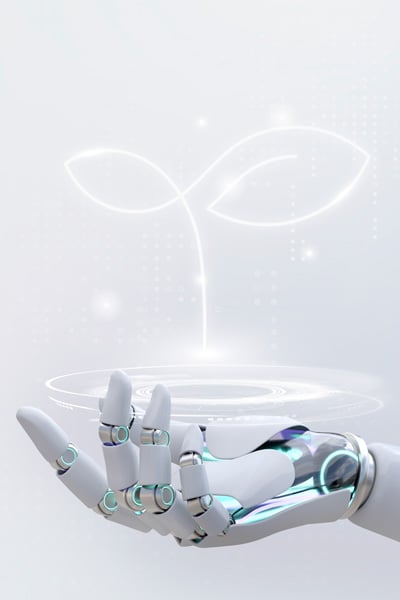Welcome to Physics Heaven, where we unravel the complexities of science and engineering! One of the most crucial components in modern engines is the turbocharger, which significantly enhances engine efficiency and power output. The thermodynamics turbocharger entropy equation plays a fundamental role in understanding the energy transformations within a turbocharger system. By analyzing entropy, we can better comprehend the efficiency and performance characteristics of a turbocharged engine.
This article provides an in-depth discussion of the thermodynamics turbocharger entropy equation, its significance, and its application in turbocharger performance evaluation.
Fundamentals of Thermodynamics in Turbochargers
Turbochargers operate based on thermodynamic principles, primarily utilizing the energy from exhaust gases to drive a turbine, which then compresses the intake air. This compressed air allows for more efficient combustion, leading to increased power output.
The laws of thermodynamics that apply to turbochargers include:
- First Law of Thermodynamics (Energy Conservation): Energy within a system is conserved, meaning the energy lost in one part of the system is gained in another.
- Second Law of Thermodynamics (Entropy Increase): Any energy transfer or conversion increases the system’s entropy, dictating the efficiency limits of energy transformations.
The thermodynamics turbocharger entropy equation is essential in quantifying the losses due to irreversibilities in the system, allowing engineers to optimize turbocharger designs.
Understanding Entropy in Turbocharger Systems
Entropy is a measure of disorder or randomness in a system. In turbocharger applications, entropy changes occur as gases expand and compress within the system.
Key entropy-related aspects in turbochargers include:
- Turbine entropy generation: Caused by friction, heat transfer, and other irreversibilities as exhaust gases expand.
- Compressor entropy changes: Associated with air compression, heat exchange, and aerodynamic inefficiencies.
- Intercooler entropy influence: The cooling process reduces entropy, improving overall system efficiency.
By analyzing the thermodynamics turbocharger entropy equation, we can determine how efficiently energy is being converted and identify areas for improvement.
Derivation of the Thermodynamics Turbocharger Entropy Equation
To fully grasp the thermodynamics turbocharger entropy equation, let’s start with the general entropy equation from thermodynamics:
Where:
- = Rate of entropy change within the system
- = Heat transfer rate
- = Temperature at the boundary
- = Mass flow rate
- = Specific entropy of incoming and outgoing streams
- = Entropy generation due to irreversibilities
For a turbocharger system, we can modify this equation to express entropy variations in both the compressor and turbine stages:
- Turbine entropy equation:
This equation accounts for entropy changes as high-temperature exhaust gases expand through the turbine.
- Compressor entropy equation:
Here, entropy increases due to air compression, which also involves aerodynamic losses and heat exchange.
These equations help engineers analyze the losses and efficiency limits of turbochargers, providing a mathematical framework for optimization.
Applications of Thermodynamics Turbocharger Entropy Equation
The thermodynamics turbocharger entropy equation is critical in various engineering applications, such as:
- Turbocharger Efficiency Analysis: Engineers use entropy equations to assess inefficiencies and heat losses in turbocharger components.
- Engine Performance Optimization: By minimizing entropy generation, designers can improve fuel efficiency and power output.
- Heat Exchanger Design: Understanding entropy allows for better intercooler designs, ensuring optimal cooling and reduced entropy increases.
- Advanced Computational Fluid Dynamics (CFD) Modeling: Thermodynamic equations, including entropy calculations, help in simulating turbocharger performance under different conditions.
Improving Turbocharger Efficiency Using Entropy Analysis
Minimizing entropy generation in a turbocharger system enhances efficiency. Here are some key strategies:
1. Reducing Frictional Losses
Friction within bearings, shafts, and blades contributes to entropy generation. Using low-friction materials and advanced lubrication techniques can significantly reduce these losses.
2. Enhancing Aerodynamic Design
Optimizing the shape of compressor and turbine blades minimizes energy dissipation due to turbulence, lowering entropy production.
3. Effective Waste Heat Recovery
Using waste heat recovery systems, such as turbo compounding, helps extract additional energy from exhaust gases, reducing entropy losses.
4. Optimized Intercooler Design
Intercoolers reduce the temperature of compressed air, lowering entropy and improving overall turbocharger efficiency.
Conclusion: The Significance of Thermodynamics Turbocharger Entropy Equation
The thermodynamics turbocharger entropy equation provides valuable insights into the efficiency and performance of turbochargers. By understanding and applying entropy analysis, engineers can develop more effective turbocharger designs, optimize engine performance, and contribute to advancements in automotive and aerospace technologies.
At Physics Heaven, we believe that mastering thermodynamic principles leads to breakthroughs in engineering innovation. Whether you’re a student, engineer, or automotive enthusiast, understanding entropy in turbochargers will deepen your appreciation for the science behind high-performance engines.








